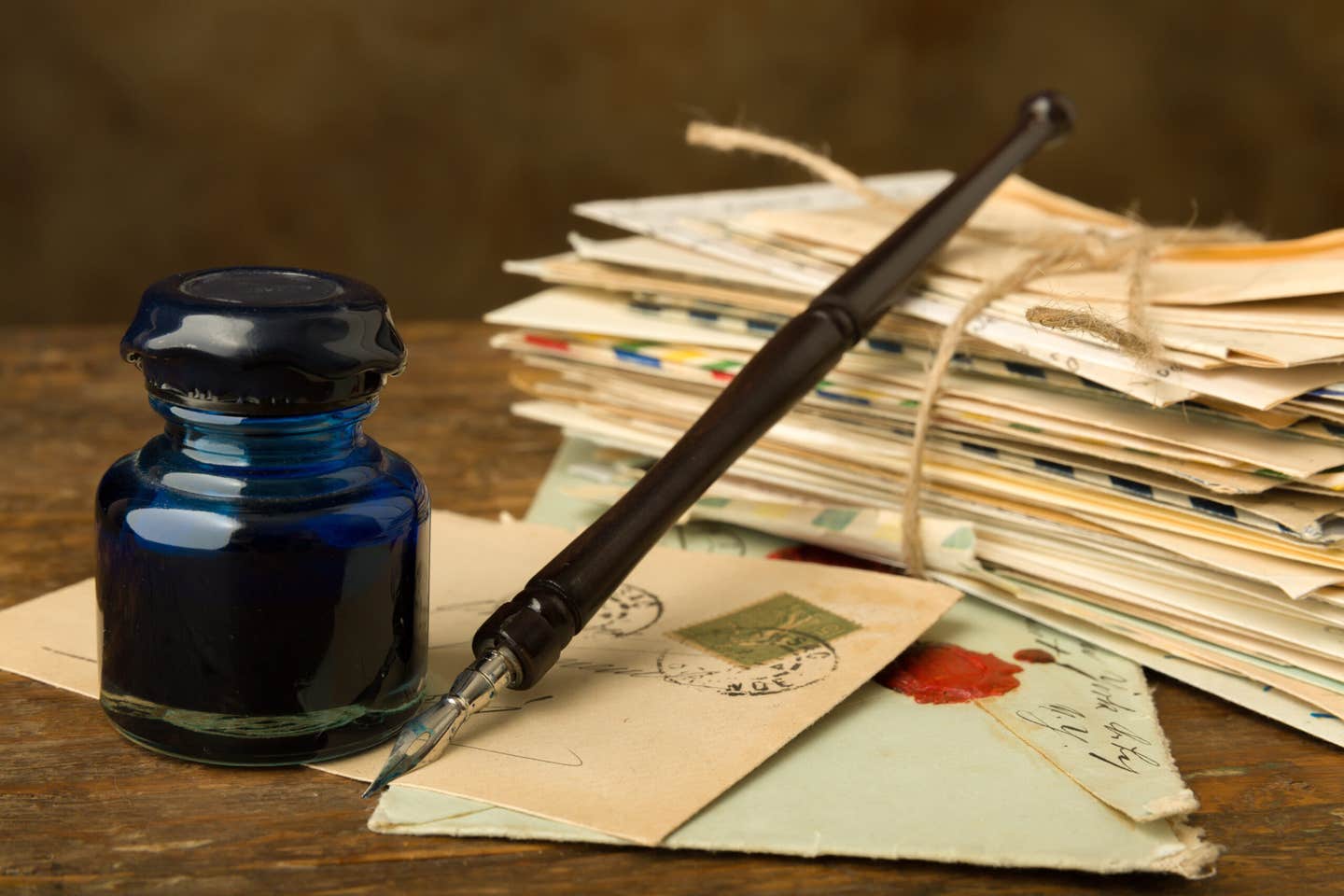Lincoln cent reverse designs lack artistry
I generally do not voice my opinion about recent or current U.S. coin designs, primarily because I am a collector of foreign coins. Nevertheless, I do take note of new U.S. designs, including the recently released selections for the 2010 Lincoln cent.
I generally do not voice my opinion about recent or current U.S. coin designs, primarily because I am a collector of foreign coins. Nevertheless, I do take note of new U.S. designs, including the recently released selections for the 2010 Lincoln cent. After seeing the selection of the U.S. Commission of Fine Arts for the 2010 cent, I felt I could not hold back my opinion any longer.
I’ve been collecting coins for about 25 years. Like many others, it is my belief that the U.S. 50 states quarter program, while successful on many levels, was an utter disgrace from most any artistic vantage. There were a few good designs, most notably the Missouri quarter dollar before it was “murderized” by the bureaucrats. But by and large, the designs were horrifically bad.
Any hope I initially had for the 50 states program was hopelessly crushed with the release of the 1999 Pennsylvania state quarter design, a coin with over 100 letters in the legends, including the word “Liberty” on both sides of the coin. The statue superimposed upon the state outline was so indistinct, it resembled something my 3-year-old daughter might have pulled from her nose. Clearly, if any design could be this bad, I reasoned, there was little chance anything truly great could come out of the program artistically.
In the years that followed, that assumption was proven correct, with only two coins having much artistic merit, the Connecticut quarter, and the very recently released Puerto Rico quarter dollar (though technically part of a different program).
Just as it is necessary to be familiar with authentic coins to quickly detect one that is counterfeit, so it is with great coinage art. Unless a numismatist has been exposed to great coin art, his or her chances of recognizing a lame design are greatly reduced. The selections and actions of the U.S. Commission of Fine Arts suggest to me that they have never looked at a coin struck outside our nation in their entire lives. The confusion surrounding the sheaf of wheat design conclusively confirms this.
It was only after the commission publicly announced the sheaf of wheat design that it became known that it resembled an earlier issue from Weimar Germany. I presume the resemblance they are referring to is KM-38, a Weimar Germany 2 reichspfennig. There is, in fact, a slight similarity, though nothing so pronounced that it should have disqualified the design originally approved by the commission.
No question, there are other U.S. coins that have far more striking similarities to other German issues than the sheaf of wheat design. Most notably, the reverse of the 2009 Sacagawea dollar. When I first saw it, my initial reaction was that it looked like a restrike of Germany KM104. The similarities between the designs are so compelling that there is little doubt anyone who had seen the German 50 pfennig would not notice the similarity. And I am not referring to some rare esoteric issue. This 50 pfennig design was issued by five different German mints for over half a century, – billions and billions of them minted beginning in 1949 – and only with the introduction of the euro were they withdrawn. That the Commission of Fine Arts somehow has missed this design similarity as well makes me wonder if a single member of the commission even owns a passport.
But let me return to my original reason for writing, the current approved design for the 2010 Lincoln cent reverse. Artistically, the design is the very worst proposal I have ever seen in my entire numismatic life. It makes issues from the Marshall Islands look like masterpieces in comparison. While the illustration in Numismatic News relied on shading to bring out the intended design of the coin, no such advantage will be available when the coin is produced. The central design element is going to look like an aerial view of a partially obstructed sewer grate. The choice of the font for E PLURIBUS UNUM also left me in amazement. There is to be a Latin legend on this coin that is significantly larger font than the legend UNITED STATES OF AMERICA. In fact, the Latin font is nearly twice as large.
This is inexcusable. If the current design as approved by the Commission of Fine Arts is the best our nation can put forward for the one cent coin, then I humbly propose that as a nation, we would be better served by the elimination of the denomination altogether. And while we are at it, we might consider the elimination of the Commission of Fine Arts as well. A lottery system to select designs would provide us with better coin designs than the commission is apparently capable of selecting.
Bruce Walker is a hobbyist from Kansas City, Mo.
Viewpoint is a forum for the expression of opinion on a variety of numismatic subjects. The opinions expressed here are not necessarily those of Numismatic News.
To have your opinion considered for Viewpoint, write to David C. Harper, Editor, Numismatic News, 700 E. State St., Iola, WI 54990. Send e-mail to david.harper@fwmedia.com.









